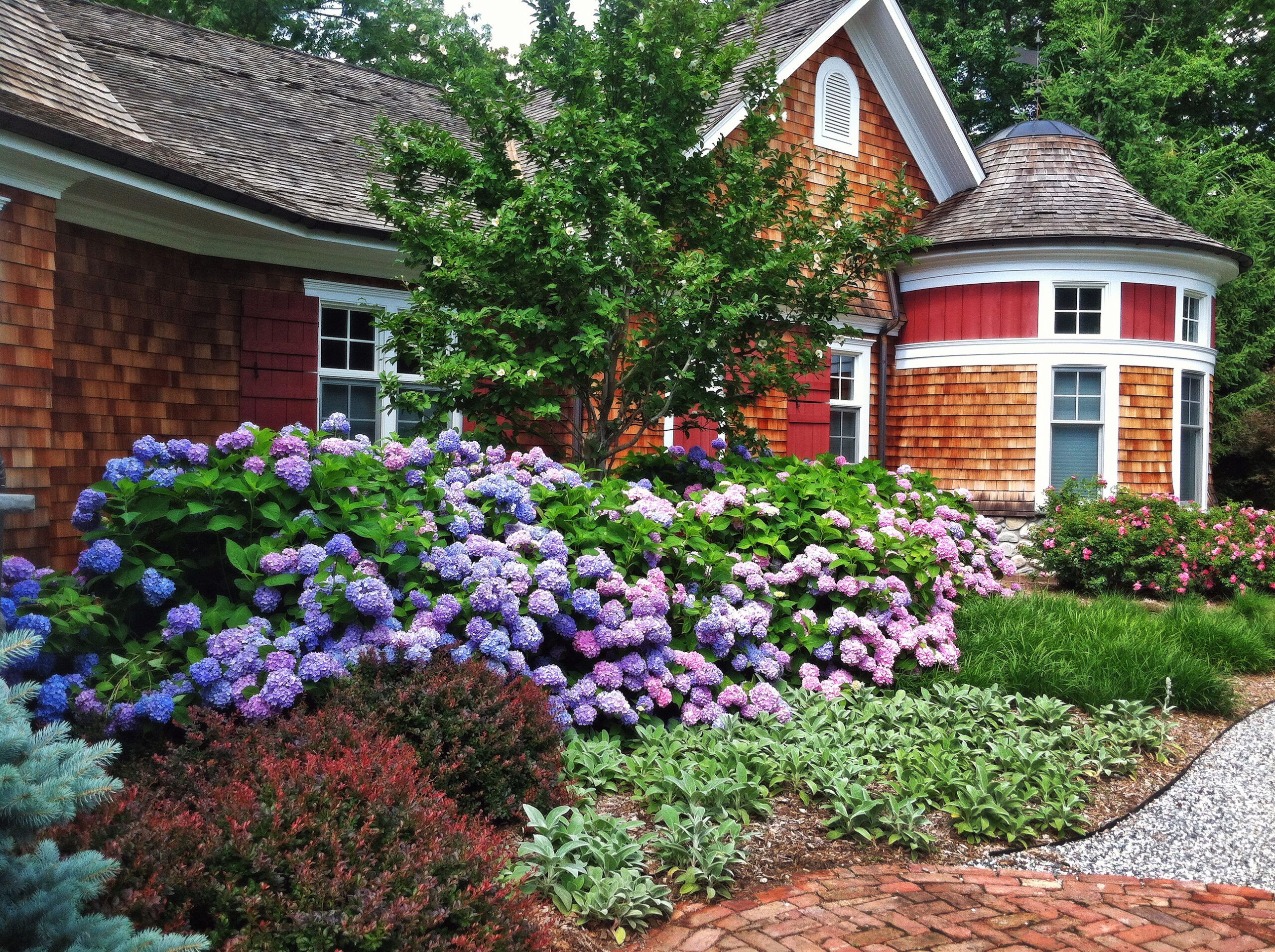Shrubs are the backbone of any well-designed landscape. Some dazzle with flowers, colorful leaves, or berries; others fill summer evenings with a heavenly scent or act as a privacy screen for your yard. The only problem is picking the right ones from among the many hundreds available.
In this article, we’ll explore 15 foolproof shrubs that are attractive, reliable, and trouble-free. They generally do not have serious pest problems, and they don’t require constant pruning or cleanup.
When selecting shrubs for your landscape, choose varieties that are well-suited to your climate and soil conditions.
1. Oakleaf Hydrangea Shrub
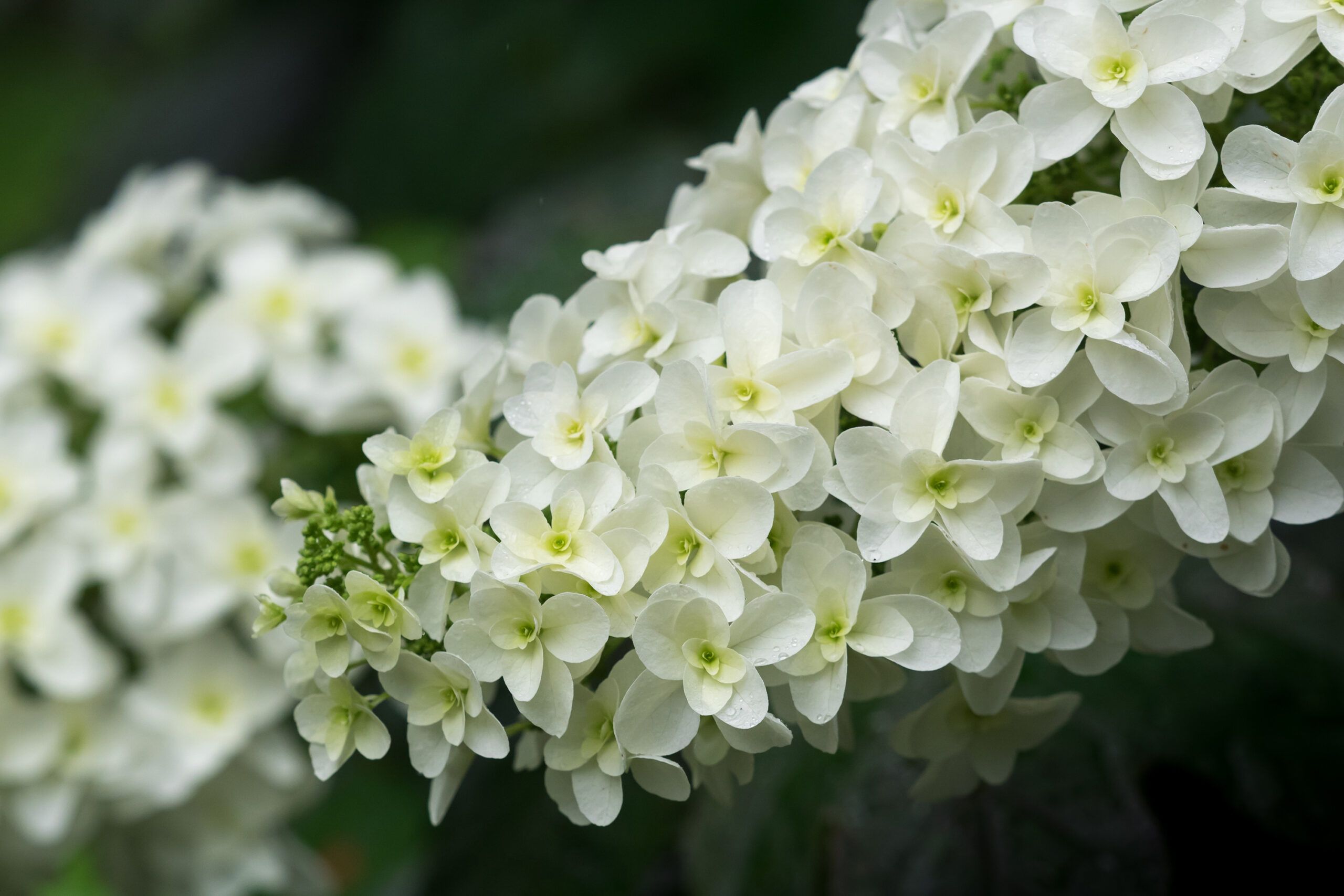
Native to Georgia, Florida and Mississippi
The Oakleaf Hydrangea (Hydrangea quercifolia) is a true all-season performer. This shrub boasts large, showy cone-shaped flower clusters in early summer. The blooms transition from white to pink as they mature. As summer fades, the Oakleaf Hydrangea’s foliage turns a stunning range of colors, from deep red to russet. In winter, its cinnamon-colored bark peels away to reveal a rich, textured layer underneath. We recommend this shrub for group plantings or mixed shrub borders. This plant is also relatively pest-free, making it an even more attractive option for gardeners searching for low-maintenance solutions.
Care: Growing 4 to 6 feet tall with an equal or greater spread, Oakleaf Hydrangea thrives in moist, well-drained soil and can tolerate full sun to partial shade. Prune after flowering to maintain its shape and encourage new growth for the next season. In late fall, apply a layer of mulch around the base to protect the roots and retain moisture. Deciduous, hardy to -20°.
2. Fountain Butterfly Bush

Award-Winner in the Rocky Mountain and Plains States
The Fountain Butterfly Bush (Buddleia alternifolia) is known for its gracefully arching stems adorned with lilac flower clusters in spring. This billowy shrub can reach up to 10 feet in height and width, making it an ideal accent plant or addition to a mixed shrub border. As the name suggests, it is also widely recognized for attracting butterflies.
Care: Preferring full sun and well-drained soil, the Fountain Butterfly Bush is drought-tolerant and can withstand temperatures as low as -30°F, though it may die back to the ground in the coldest regions. To help protect the plant and encourage regrowth, apply a layer of mulch around the base in late fall for added insulation.
3. Korean Spice Viburnum Bush
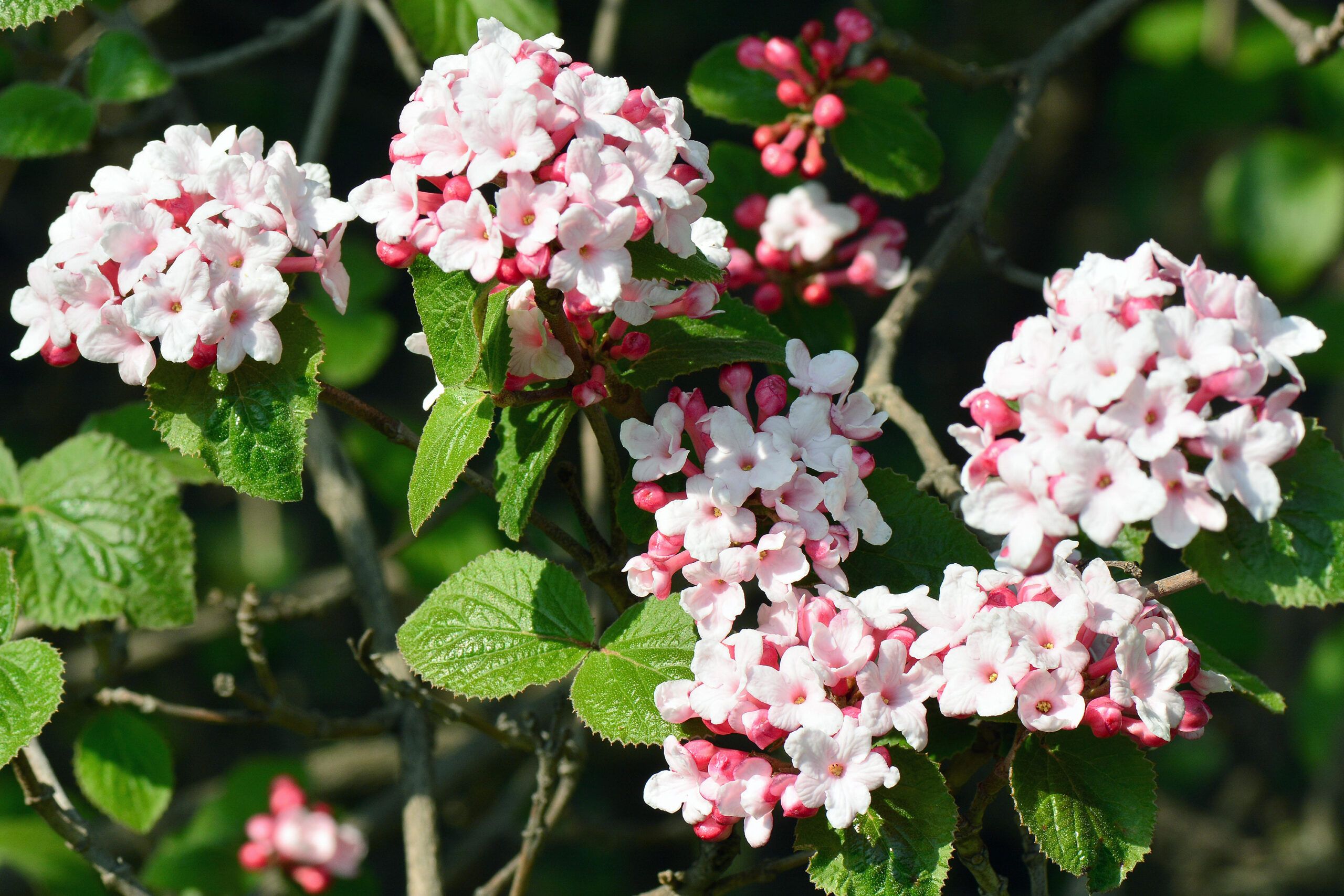
Good Choice for the Great Plains, Northwest and Midwest
The Korean Spice Viburnum (Viburnum carlesii) has intensely fragrant white flowers that open from pink buds in spring. This dense, rounded shrub grows 4 to 8 feet tall with a spread of up to 8 feet, making it a good option for foundation plantings or near pathways where you can appreciate its scent. In the fall, its leaves turn a stunning shade of red.
Care: Korean Spice Viburnum prefers well-drained, slightly acidic soil in full sun to partial shade. It is deciduous and hardy to -20°.
4. Heavenly Bamboo Brush
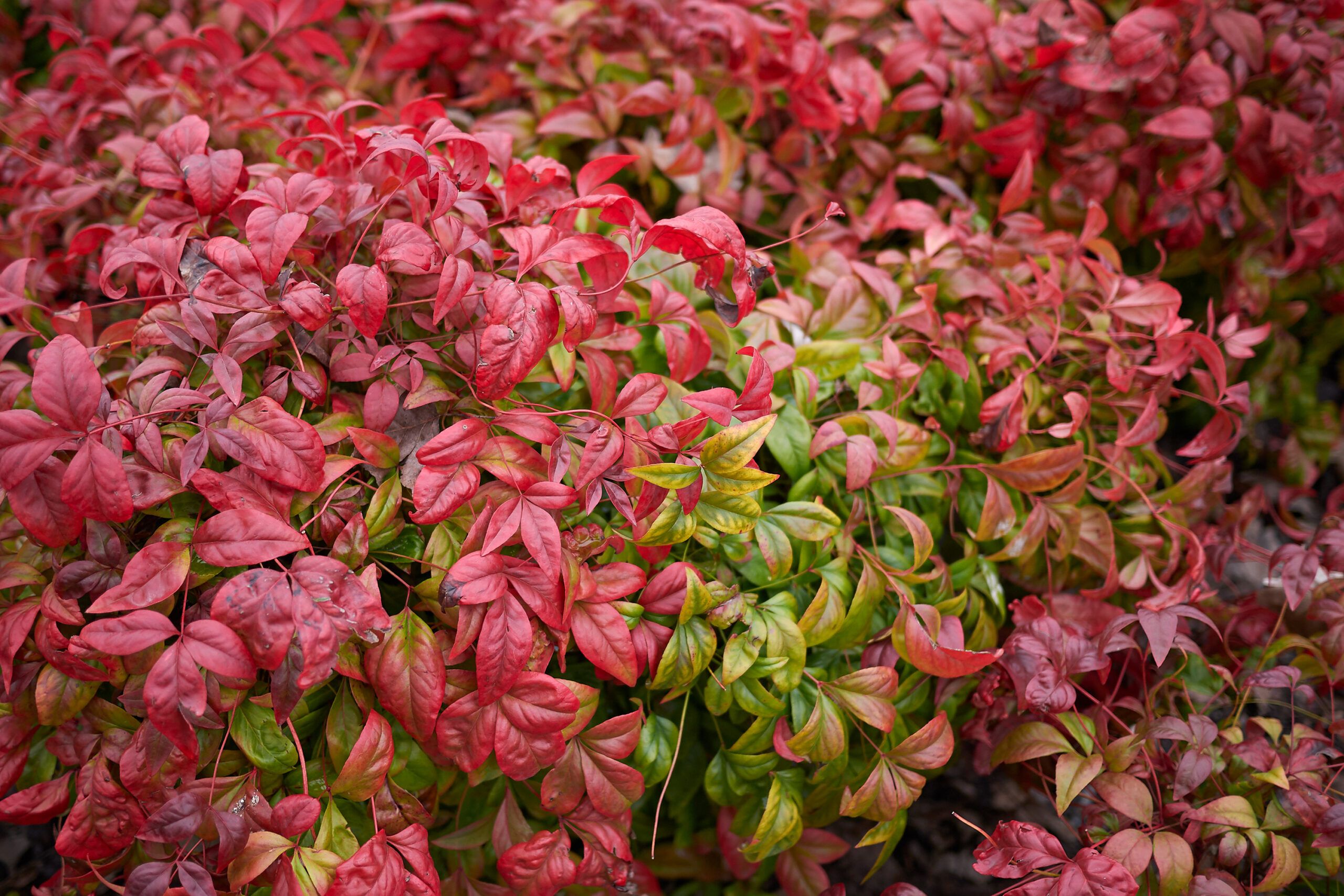
At Home in California and Florida
Heavenly Bamboo (Nandina domestica) is a versatile shrub with a feathery texture. Its unbranched vertical stems can reach up to 7 feet tall and feature creamy-white summer flowers, scarlet fall fruit, and colorful foliage throughout the seasons. The compact variety “Nana” or “Nana Purpurea” forms a dome shape and grows only 1 to 2 feet tall, making it suitable for use as a ground cover or accent plant. It’s also known for its resistance to pests and diseases and is easy to care for.
Care: Heavenly Bamboo adapts well to various conditions but prefers moist soil in full sun or partial shade in hotter regions (afternoon shade in the hottest areas). Evergreen to 10°, hardy to -10°.
5. Loropetalum Shrub
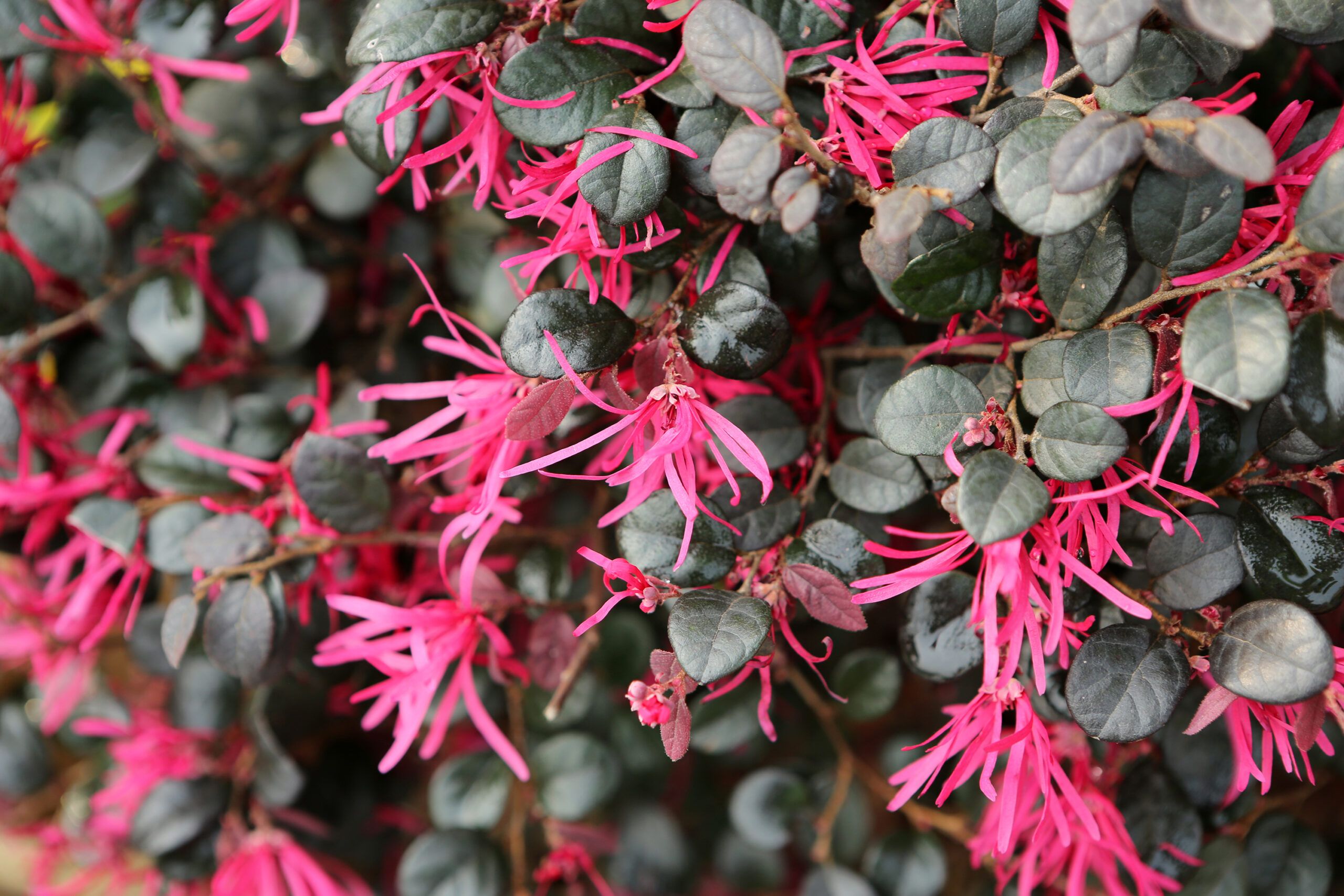
Grows Best in the South
Loropetalum (Loropetalum chinense) is known for its subtle beauty and arching, tiered branches. This neat plant produces spidery white or pink flowers in spring and can grow 3 to 10 feet tall and wide, depending on the variety. The “Rubrum” or “Razzleberri” cultivar has purplish leaves and bright rosy-pink flowers, adding a pop of color to the landscape. Its long flowering period and evergreen nature make it a year-round asset to any garden.
Care: Loropetalum thrives in well-drained, non-alkaline soil. It prefers full sun in foggy coastal areas and partial shade inland. Evergreen, hardy 0° to 10°.
6. Bottlebrush Buckeye Bush
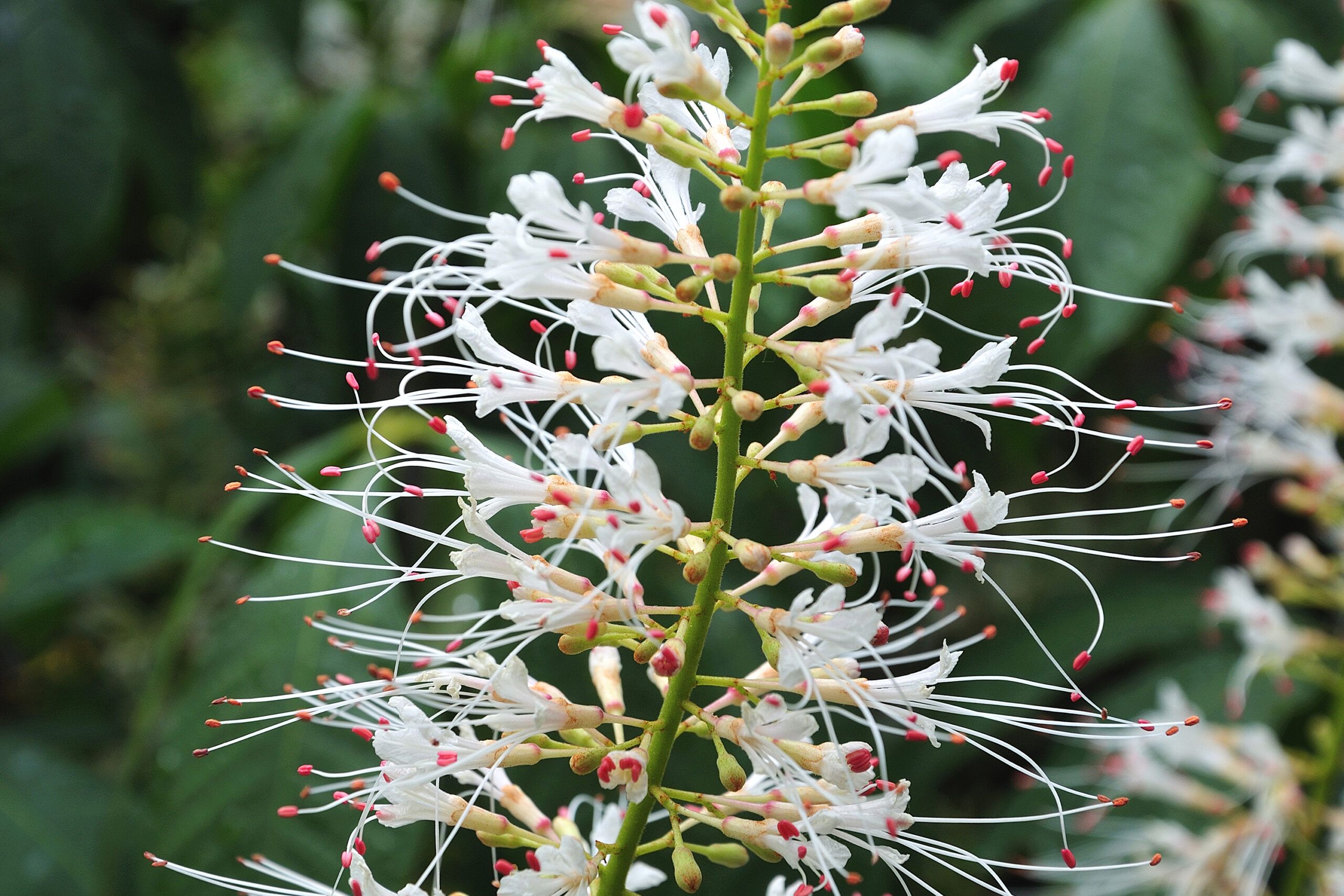
Best in the Mid-Atlantic, Midwest, Northeast, and Southeast
The Bottlebrush Buckeye (Aesculus parviflora) is a standout shrub with large white summer flower spikes and brilliant yellow fall foliage. This deer-resistant plant spreads by suckers and can reach 12 feet tall with an equal or greater spread, making it a good choice for massing or as a specimen plant.
Care: Bottlebrush Buckeye prefers moist, well-drained soil in full sun or moderate shade and can tolerate temperatures as low as -30°F. Its adaptability makes it a popular choice for gardeners seeking a dramatic, low-maintenance shrub.
7. Black Chokeberry Shrub
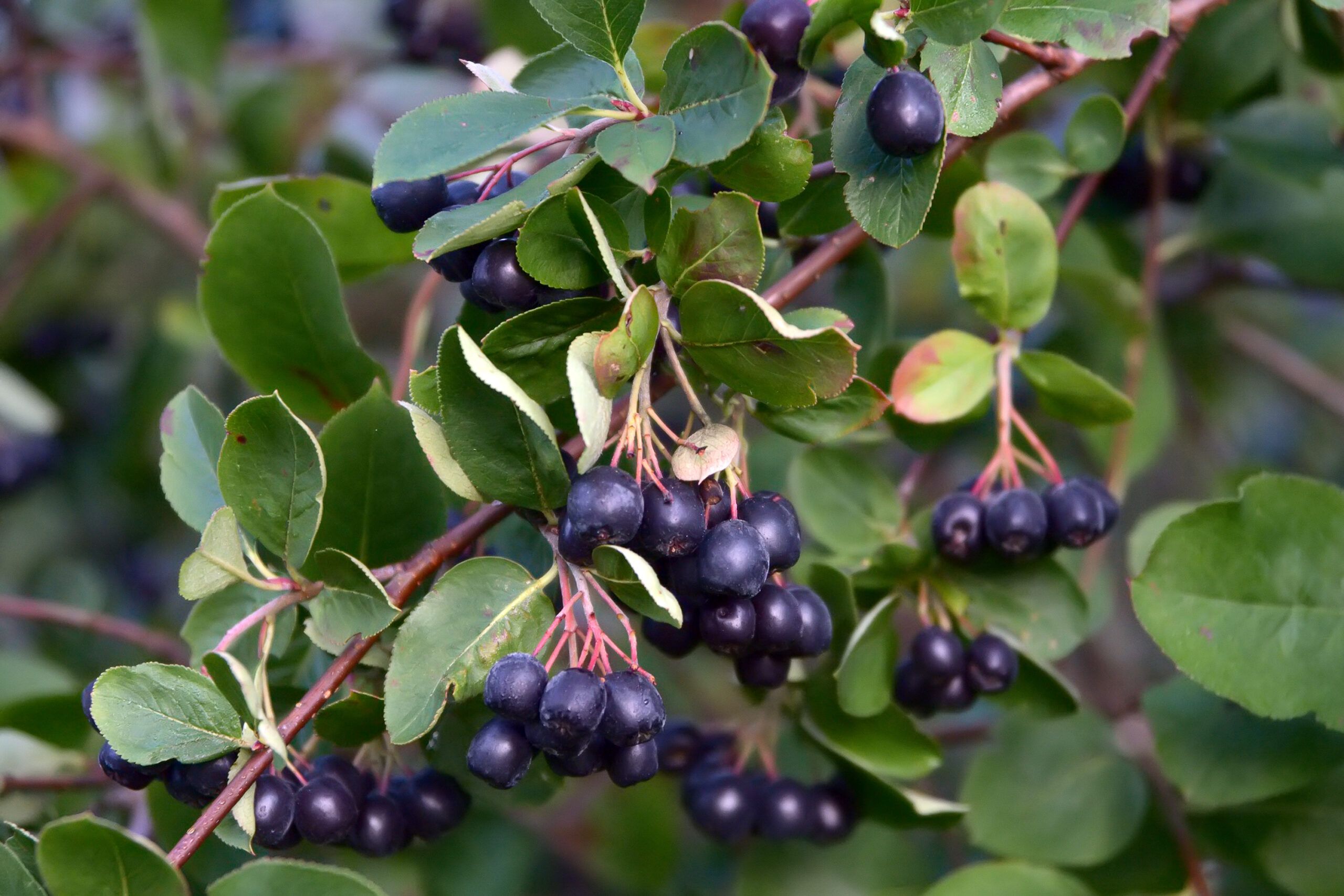
Native to Southern Canada and the Eastern U.S.
The Black Chokeberry (Aronia melanocarpa) is a tough, adaptable shrub that grows 3 to 5 feet tall. It features small white or pinkish flowers in spring, followed by shiny black fruits and vibrant red-purple fall foliage. This hardy plant works well for filler or background plantings in challenging landscapes. Its berries are also edible, adding another dimension to its utility in your garden.
Care: This widely adapted plant tolerates extreme cold, a variety of soils and exposures, and thrives on much or little water. Deciduous, hardy to -40°.
8. Summersweet Shrub
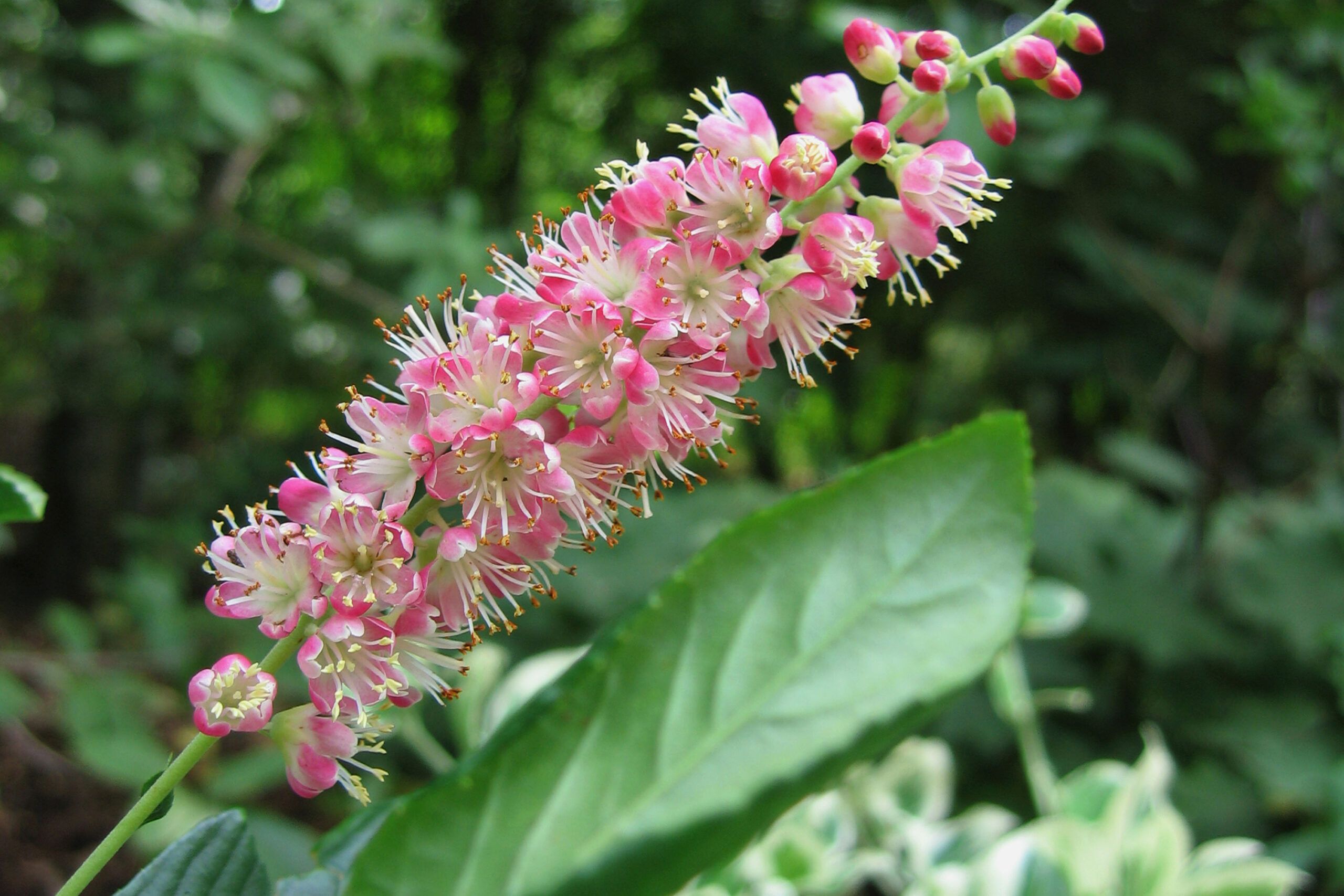
Good in the Northeast, Midwest, and Pacific Northwest
Summersweet (Clethra alnifolia) is particularly known for its ability to bloom in shaded areas. This fragrant shrub produces white or pink flowers in summer and offers attractive yellow to golden fall foliage. The standard variety grows 6 to 8 feet tall, while dwarf cultivars like “Hummingbird” reach only 3 to 4 feet. Summersweet is resistant to pests, and its ability to thrive in less-than-ideal conditions makes it an excellent choice for low-maintenance gardening.
Care: It’s a good plant for heavy shade and wet areas in acid soil, and it withstands coastal spray. Deciduous, -40°.
9. ‘Pallida’ Witch Hazel Shrub
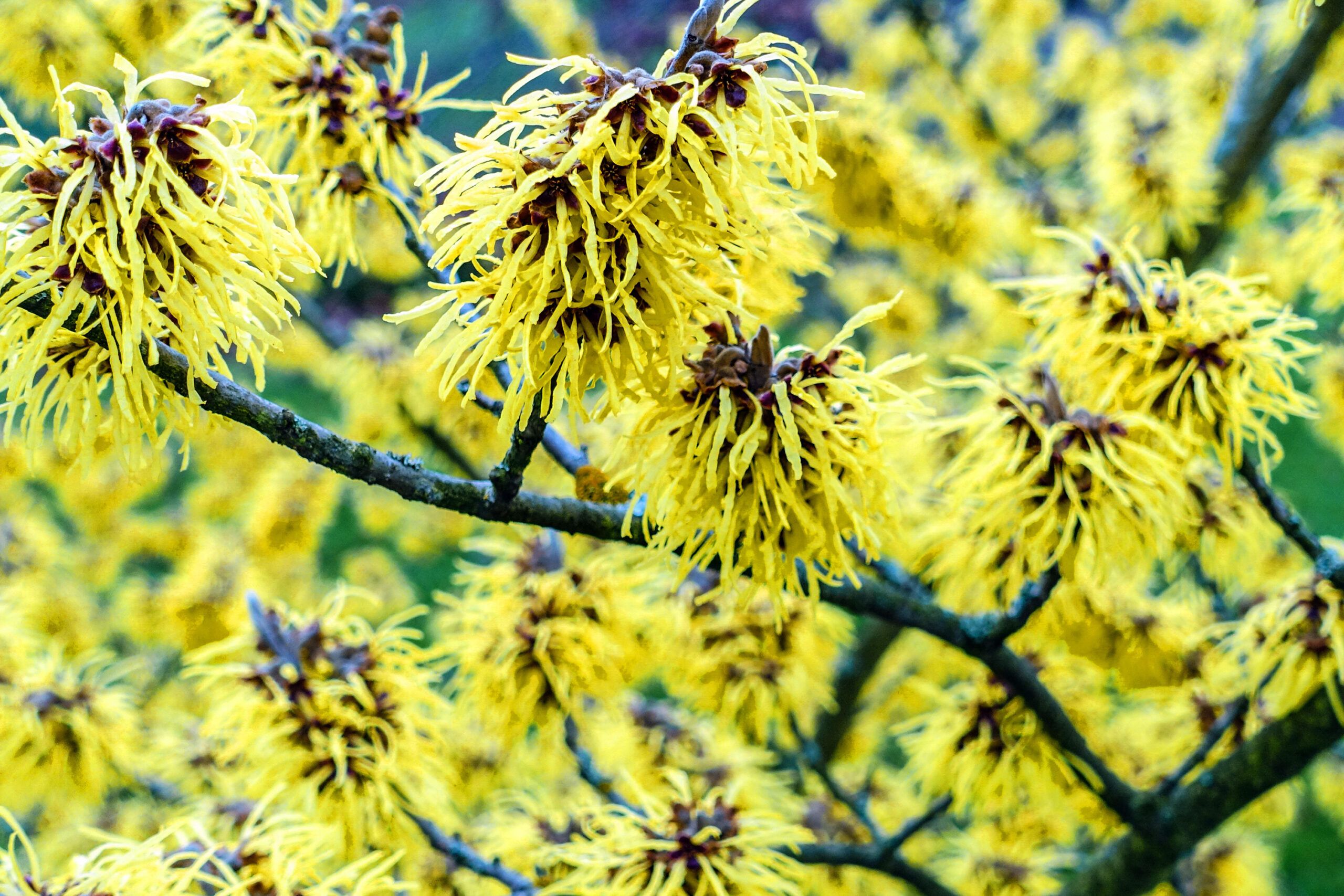
Right for the Northwest, Mid-Atlantic and Northeast
Valued for its vivid fall foliage and fragrant, sulfur-yellow flowers that bloom on bare stems in late winter, “Pallida” Chinese Witch Hazel (Hamamelis mollis Pallida or H. intermedia Pallida), is a broad, spreading shrub that can reach 8 to 10 feet wide or more. “Pallida” Witch Hazel works well as an accent plant, especially in woodland settings or against a backdrop of evergreens or masonry. Its early blooming period provides much-needed color and fragrance when much of the garden is still dormant.
Care: Plant it in partial shade and slightly acid soil high in organic content. It is deciduous and hardy to -20°.
10. ‘Annabelle’ Smooth Hydrangea Shrub

Grows from Maine to Iowa, and South to Florida and Louisiana
“Annabelle” Smooth Hydrangea (Hydrangea arborescens Annabelle) is a showstopper in gardens from Maine to Iowa and south to Florida and Louisiana. This shrub produces enormous, foot-wide clusters of white flowers on a compact plant about 4 feet high and wide. The long-lasting blooms appear for up to two months during summer, with the potential for reblooming if spent flowers are removed. Its minimal care requirements make it a favorite among gardeners.
Care: “Annabelle” thrives in moist, rich, well-drained soil in light to moderate shade. If cut back to the ground in autumn, it flowers on new wood the following summer. It is deciduous and hardy to -30°.
11. India Hawthorn Shrub
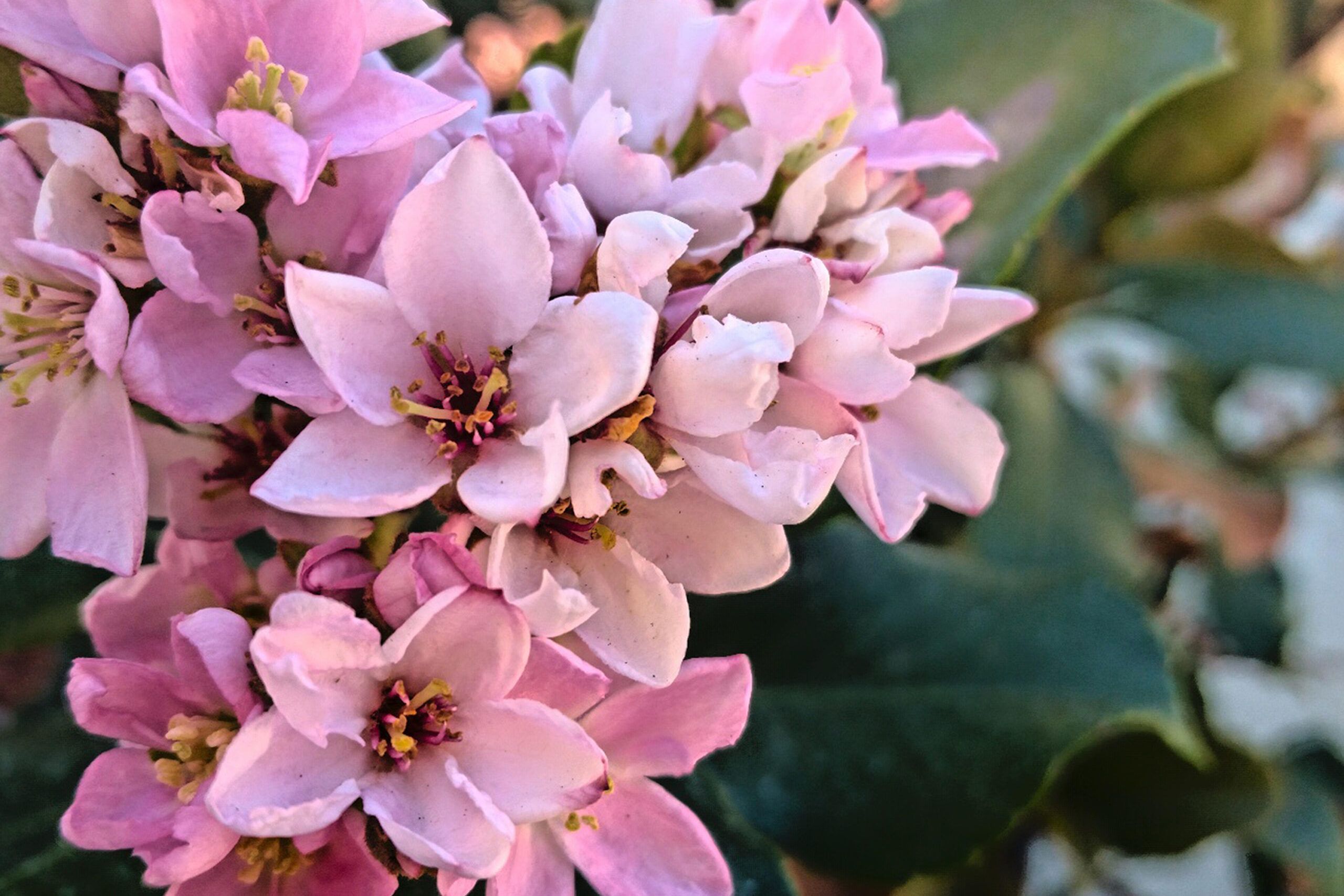
A Favorite in the South and California
India Hawthorn (Rhaphiolepis indica) is a compact, rounded shrub with glossy, leathery leaves and profuse flowers ranging from white to pink. Blooming from late fall or midwinter to late spring, this 3 to 4-foot-tall shrub works as low dividers, informal screens, or high ground covers. Its uniform growth habit and evergreen foliage make it a reliable choice for various landscape settings.
Care: India Hawthorn performs best in average, well-drained soil in full sun and can tolerate drought and salt spray in coastal regions. It is evergreen and hardy to 10°.
12. ‘Wynyabbie Gem’ Westringia Shrub
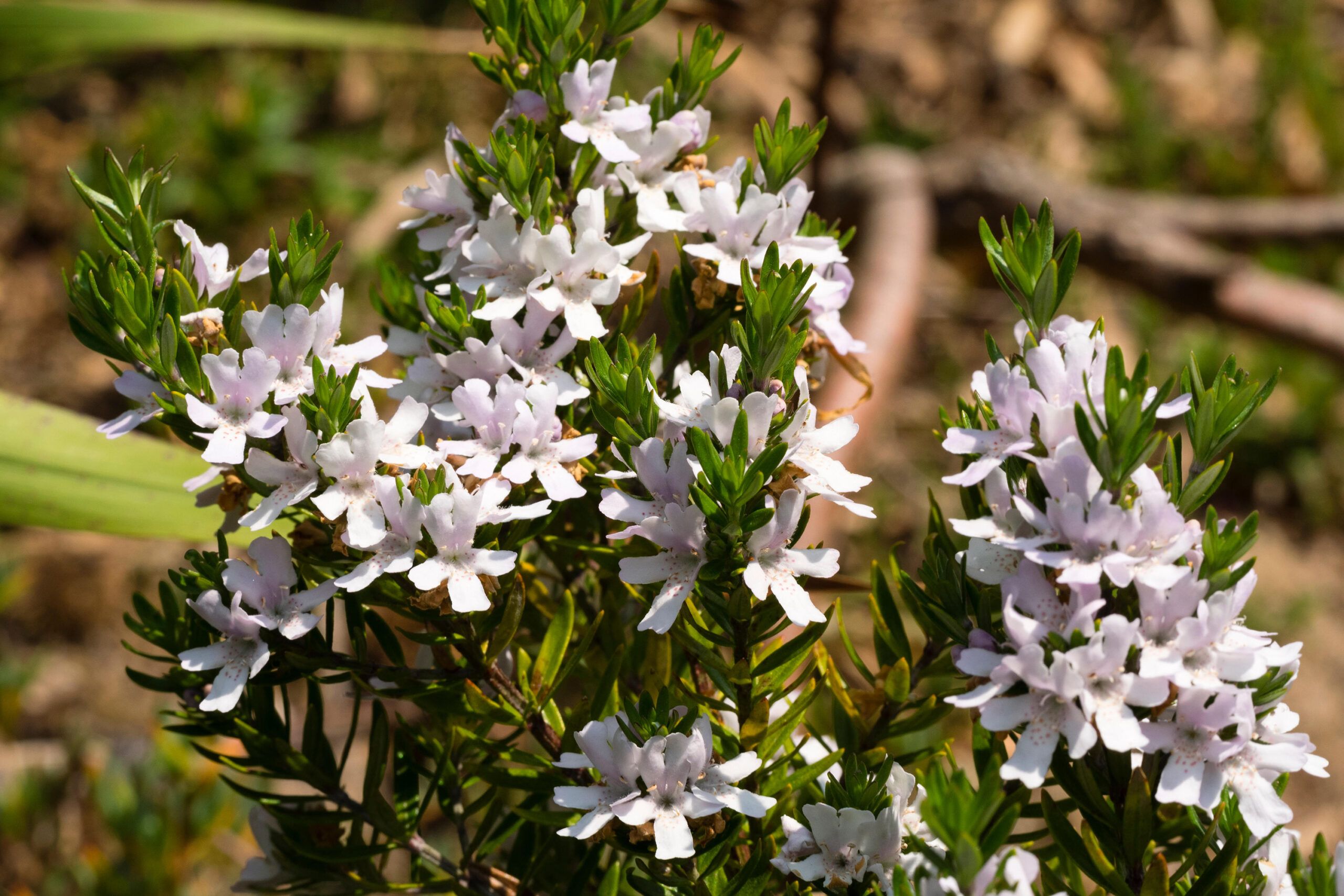
A “Gem” for West Coast Gardeners
“Wynyabbie Gem” Westringia (Westringia fruticosa Wynyabbie Gem) is a suitable choice for West Coast gardeners, particularly those in coastal areas. This bushy shrub, growing to 4 feet tall and wide, features narrow, silky gray-green leaves and produces clusters of mauve-pink flowers throughout the year. Highly tolerant of salt-laden coastal winds and drought, “Wynyabbie Gem” is ideal for mixed plantings, low screens, or as a feature plant in challenging environments. Its extended flowering period ensures that your garden remains vibrant and colorful year-round.
Care: It prefers light, well-drained soil and full sun to light shade. Evergreen, hardy to 25°.
13. Burkwood Viburnum Shrub
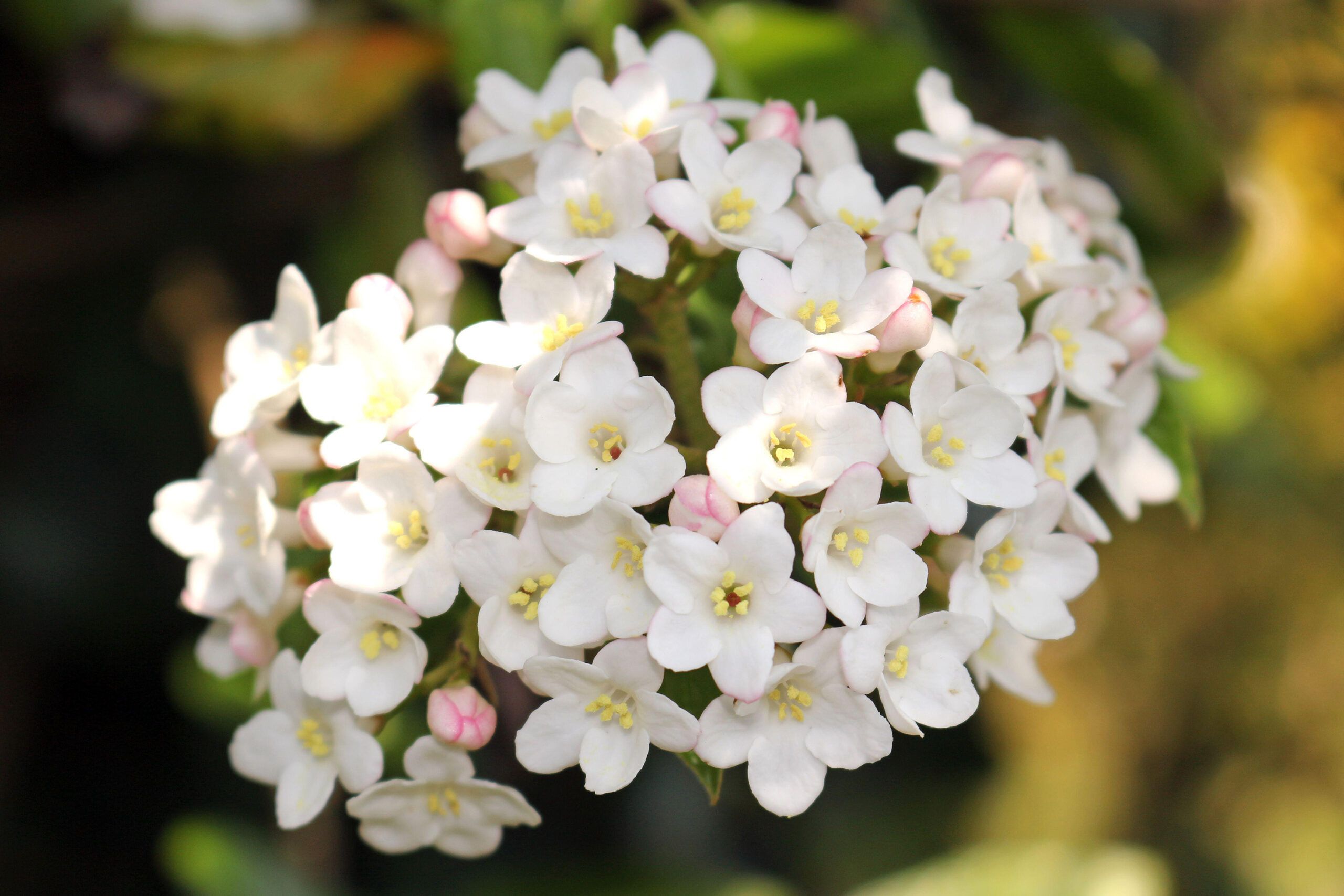
Excellent Choice for the Midwest and South
Burkwood Viburnum (Viburnum burkwoodii) grows 6 to 12 feet tall and 4 to 8 feet wide. This partially evergreen shrub produces spicy-scented white flowers in late winter to early spring, emerging from dense, 4-inch snowball-shaped clusters of pink buds. Its dark-green lustrous leaves turn purplish-red in cold weather. Burkwood Viburnum is well-suited for informal screens or mixed shrub borders with evergreens. The plant’s adaptability and fragrance make it a versatile addition to any garden setting.
Care: Plant this shrub in well-drained, slightly acidic soil. Once established, it tolerates partial shade to full sun and withstands some drought. It is partially evergreen and hardy to -20°.
14. Texas Ranger Shrub
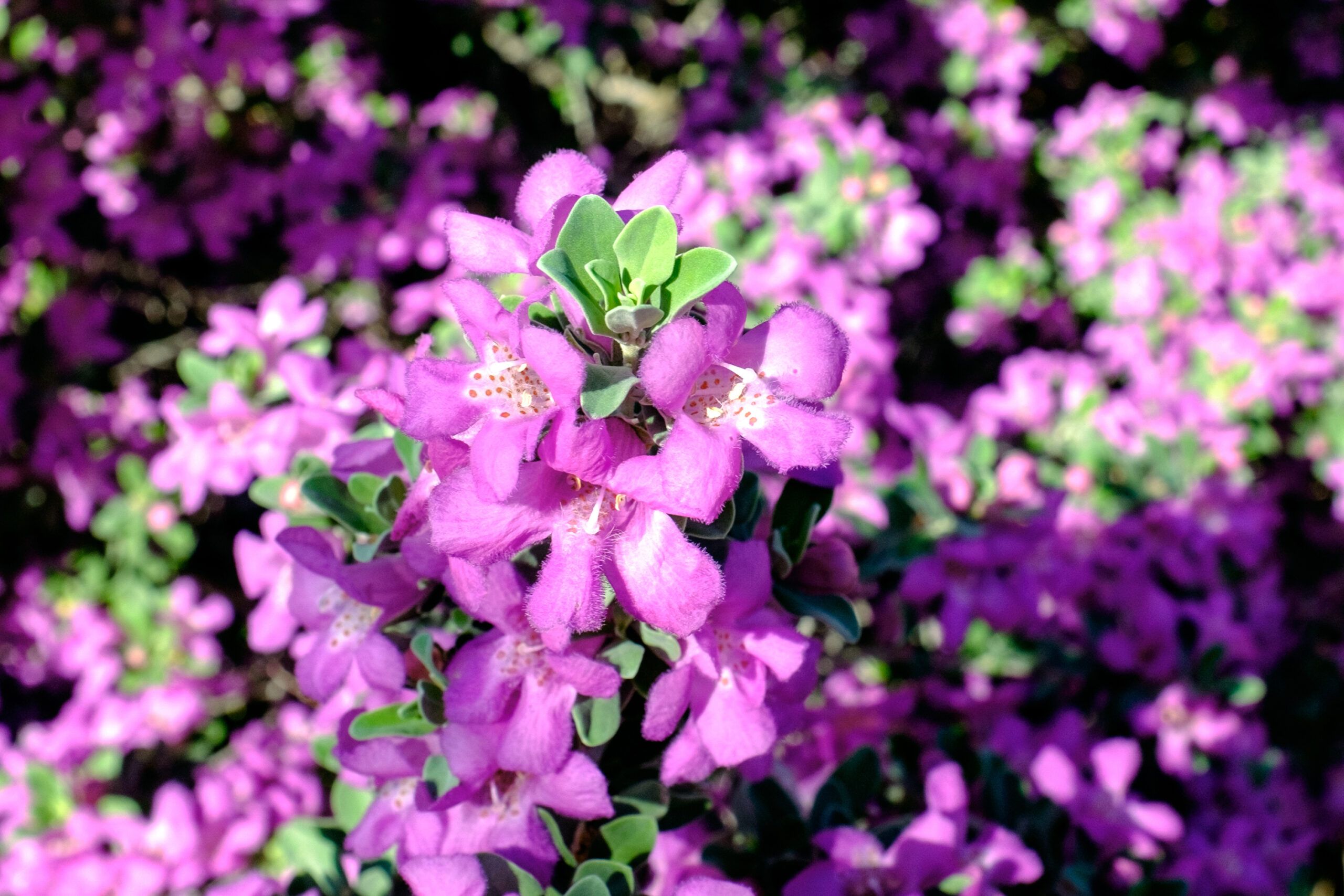
Native to the Southwest and Northern Mexico
Texas Ranger (Leucophyllum frutescens) naturally resists desert heat, wind, and drought. This hardy shrub reaches 5 to 8 feet high and 3 to 5 feet wide, and has silvery or green foliage (as on the “Green Cloud” variety shown above) accented with purple bell-shaped flowers in hot weather. Use this shrub in rock gardens, on slopes or as a screen.
Care: It grows best in full sun and needs no supplemental water. Its resilience makes it an ideal low-maintenance option for gardeners in arid climates.
15. Japanese Barberry Shrub
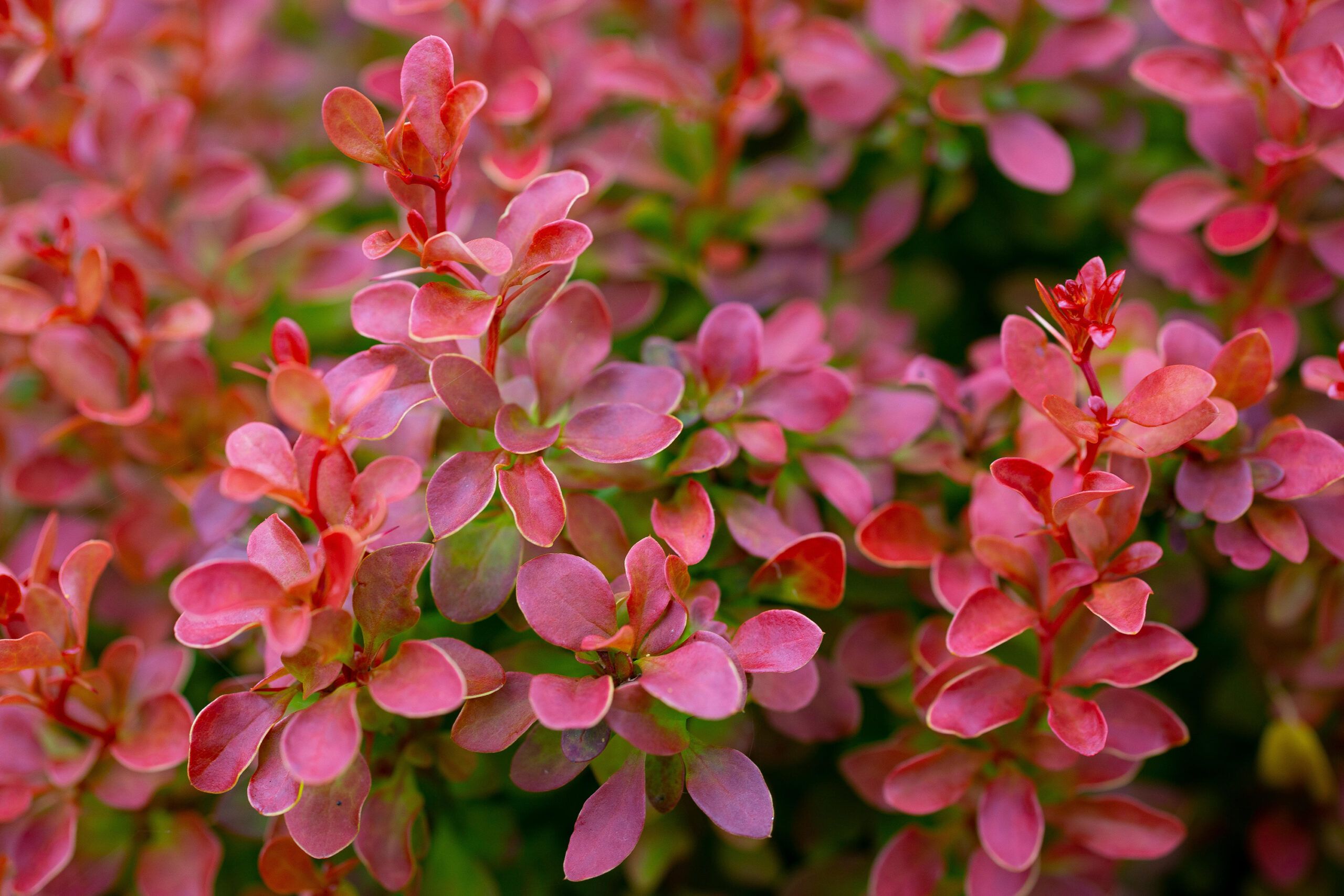
Best in the Midwest, Northeast, Great Plains and Rockies
Japanese Barberry (Berberis thunbergii) is a rugged yet graceful shrub with arching, spiny branches and a mature height of 4 to 6 feet. Small, deep-green leaves turn vibrant shades of yellow, orange, and red in fall, while beadlike red berries last through winter. Japanese Barberry is ideal for informal hedges, barriers, and borders, tolerating a wide range of climate and soil conditions. Its spiny branches also make it a great choice for added security, deterring unwanted foot traffic through garden areas.
Care: It tolerates climate and soil extremes. It needs full sun to produce most of its colorful foliage but can take light shade. It is deciduous and hardy to -30°.
How Do I Choose a Landscaping Shrub?
There are several factors to consider when choosing the right shrubs for your landscape. Here are some key points to keep in mind.
- Climate compatibility: Choose shrubs that are well-suited to your USDA hardiness zone and can withstand local temperature extremes.
- Maintenance requirements: Opt for low-maintenance varieties if you prefer a more hands-off approach to gardening.
- Mature size: Plan for the shrub’s full-grown size to ensure it fits well in your intended space without overcrowding.
- Soil conditions: Consider your soil type, pH level, and drainage to select shrubs that will flourish in your garden.
- Sun exposure: Match shrubs to the available light in your landscape, whether it’s full sun, partial shade, or full shade.
Tips for Growing and Planting Your Shrubs
Each type of shrub may have specific needs, so you’ll need to consider the unique requirements of the shrubs you’ve selected. Follow these tips for growing and planting your shrubs.
- Unify the space: Place shrubs as intermediaries to create a smooth transition from large elements, such as the house and trees, to low-lying elements, including lawn and flowers.
- Direct traffic: Plant shrubs in key positions, such as near property lines and pathways, to define open space and direct people and pets where you want them.
- Act as a ground cover: Mass low-growing shrubs, like dwarf summersweet, to create a ground cover that’s more interesting and less work than lawn.
- Save space: When space is tight and a tree won’t fit, create a focal point with a single showy shrub, such as fountain butterfly bush.
- Provide long-lasting interest: Choose shrubs that look attractive for more than one season, such as oakleaf hydrangea, with its summer flowers, fall color, and handsome bark.
- Soil preparation: Amend your soil with organic matter to improve drainage and nutrient content before planting.
- Watering: Provide consistent moisture, especially during the first growing season, to help establish strong root systems.
- Mulching: Apply a 2-3 inch layer of organic mulch around the base of shrubs to conserve moisture and suppress weeds.
- Pruning: Trim shrubs as needed to maintain their shape and promote healthy growth, following specific pruning guidelines for each species.
Our Conclusion
Choosing the right shrubs for your landscape can help boost your home’s curb appeal and create a thriving garden ecosystem. These 15 foolproof shrubs offer a range of options for various climates and garden styles, all while requiring minimal maintenance. We recommend researching the requirements of shrubs you’ve selected before planting them in your yard.
